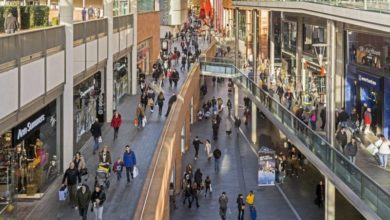How Amazon delivered a smart retail customer experience with a human touch
By Annabella Yang, VP of digital retail at Mobiquity

Competition in modern retail is all about customer experience, and during the pandemic e-commerce and digital retail has accelerated rapidly, creating new customer expectations around digital experiences. According to the ONS, online retail sales grew by 46% in 2020 compared to the previous year – the largest increase since 2008.






